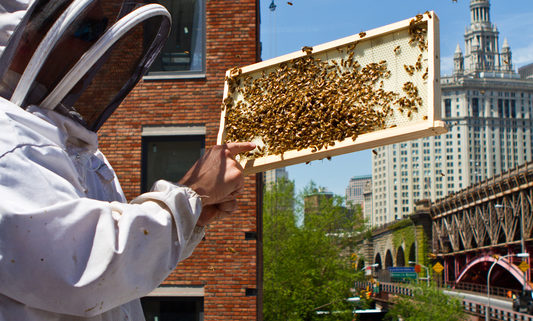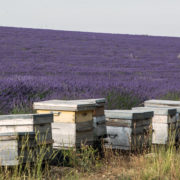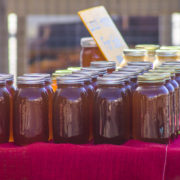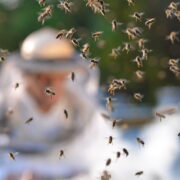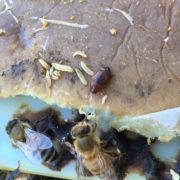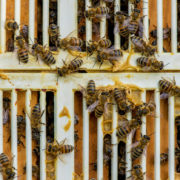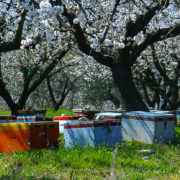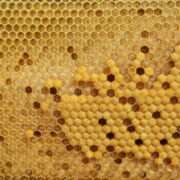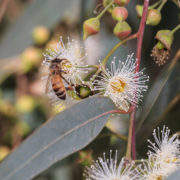Urban Beekeeping
Most people consider beekeeping to be a rural pastime, but plenty of beekeepers successfully keep bees in cities or suburbs. These brave individuals, known as urban beekeepers, face their own sets of challenges and rewards.
There are unique payoffs to urban beekeeping that traditional rural beekeepers simply can not obtain. First, cities and suburbs feature abundant flower sources from multiple types of trees, shrubs and gardens. Urban flower sources also tend to be largely impervious to drought or lack of rainfall, because homeowners and city governments rarely stop watering landscapes and gardens.
Let’s face it, almost every home or business has a flowering garden of some sort. Plus, cities and suburbs are abundant with trees, many of which are well known to be excellent honey sources – elms, maples, and sourwood in the eastern US, tupelos and magnolias in the south, eucalyptus and willow in the west, mesquite in the desert, and an abundance of fruit trees nearly everywhere. It only takes a few blooming trees to deliver an excellent source of nectar to an urban colony of bees.
Furthermore, in many urban areas, only a limited number of honeybees compete for those bountiful nectar sources. Unlike in the countryside, cities and suburbs rarely feature giant apiaries of honeybees that compete for all of this excellent forage. As a result, urban bees generally have a better ratio of honeybees to flowers than in the countryside. That is why urban beekeepers almost always produce larger and more consistent honey crops than their rural counterparts; massive 200+ pound honey crops per colony are not uncommon in urban beekeeping.
The challenges of urban beekeeping, however, are obvious. Close neighbors, strict zoning, and high liability immediately come to mind.
Of course, there are ways to mitigate these concerns. If you are an urban beekeeper or plan on becoming one, here are a few tips to keep in mind.
Out of sight, out of mind:
Stealth and secrecy is probably the most important consideration for an urban beekeeper. In general, the less people who have any idea about your hobby, the better off you will be. It only takes one overreacting neighbor to potentially shut down your entire endeavor. Your beehives and your bees’ flight paths are best kept out of the sight (and minds) of the public.
Keeping your beehives surrounded by tall shrubs, fences or walls will assist you by not only hiding your colonies, but by also forcing your bees to fly high overhead rather than at ground level. This will keep their flight paths clear of people and out of the line of sight. Keeping beehives on a rooftop also accomplishes the same.
Keep gentle bees:
Always keep known gentle races of bees and requeen them regularly so that the bees are of a known, gentle origin.
Watch out for powerful night lighting:
Bees, of course being insects that they are, can’t help but to fly into lights. Nearby powerful night lighting can agitate beehives during the evening and keep individual foraging bees from properly orienting at dusk and dawn.
Think about your neighbors, and choose the best times to work your bees:
Obviously, it is best not to work your colonies when neighbors, children and pets are outside and nearby. Extreme caution is always best.
Keep zoning in mind:
Always adhere to your county and city zoning requirements.
Don’t forget about water:
Bees need plenty of water. Maintaining a nearby clean water source for the bees will keep your bees out of your neighbors’ swimming pools and fountains.
And, finally, share the love:
If nearby neighbors do know about your bees, a few jars of honey each year is a small price to pay toward keeping them on board with your hobby. Sweeten the deal, and you will make some new friends in the process!
Our friends at Redfin have recently prepared an excellent guide for urban beekeepers. If you would like to learn more about this subject, please visit 5 Steps to Becoming a Backyard Beekeeper.

